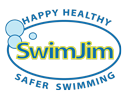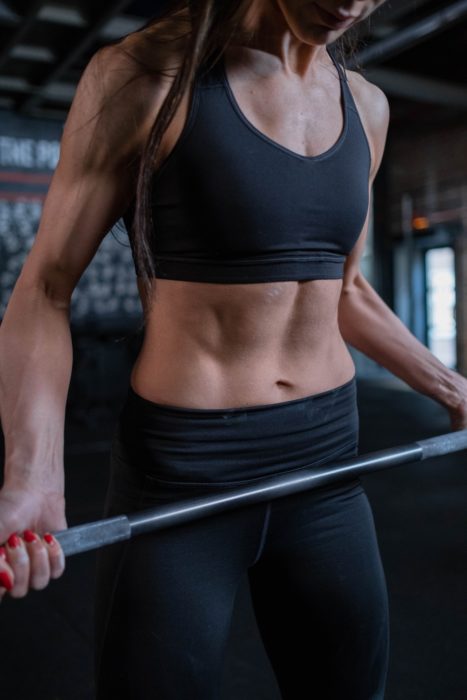Swimming is well known for being an excellent form of physical activity. Part of this is because of just how many muscles you end up using. It’s a true full-body form of exercise. While you’re going to use pretty much every muscle you have in one way or another, there are three major core muscles that are especially important if you want to swim well.
The Diaphragm
Your diaphragm has a major role to play in one of the most crucial elements of swimming: your breathing. Without your diaphragm, you can’t breathe. It’s the muscle that pushes and pulls on your lungs to inflate and deflate them. That alone makes it an essential muscle when it comes to being a good swimmer. As a part of your core, it influences how effectively your other muscles are able to function. The more control you have over your diaphragm, the more effectively you’ll be able to swim.
The Abdominal Muscles
The abdominal muscles are what most people think about when they think about major core muscles. They also have an important role to play in swimming. As you swim, you’ll need to rotate your hips. This helps generate power. Your abdominal muscles will be key players in creating rotation, especially your internal and external obliques. You’ll also use them when making turns to bring your legs close to the rest of your body so you can push off again.
The Back Muscles
There are a lot of muscles in the back. When it comes to major core muscles, the erector spinae and multifidus muscles are two that are well worth mentioning. As with most exercises, you have to find a balance between stability and mobility when you swim. That’s where these two back muscles come into play. They help keep your body aligned properly in the water so that you can stay streamlined and avoid creating more drag (though they aren’t the only muscles that help with this).
If you want to swim well, it’s not just enough to feel like you’re working hard and that you’re using your whole body. You need to know how to use it correctly. To that end, it’s a good idea to have an understanding of what muscles you should be using, how you should be using them, and when you should use them. All of that will work together to help you understand what it takes to be a better swimmer.
Training to be a better swimmer doesn’t just have to be something you do in the water. Click here for some suggestions from SwimJim on dryland training for swimmers.

